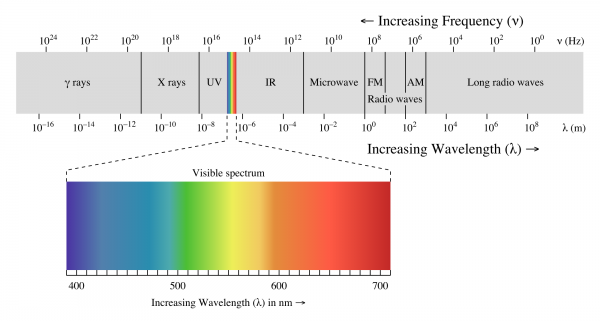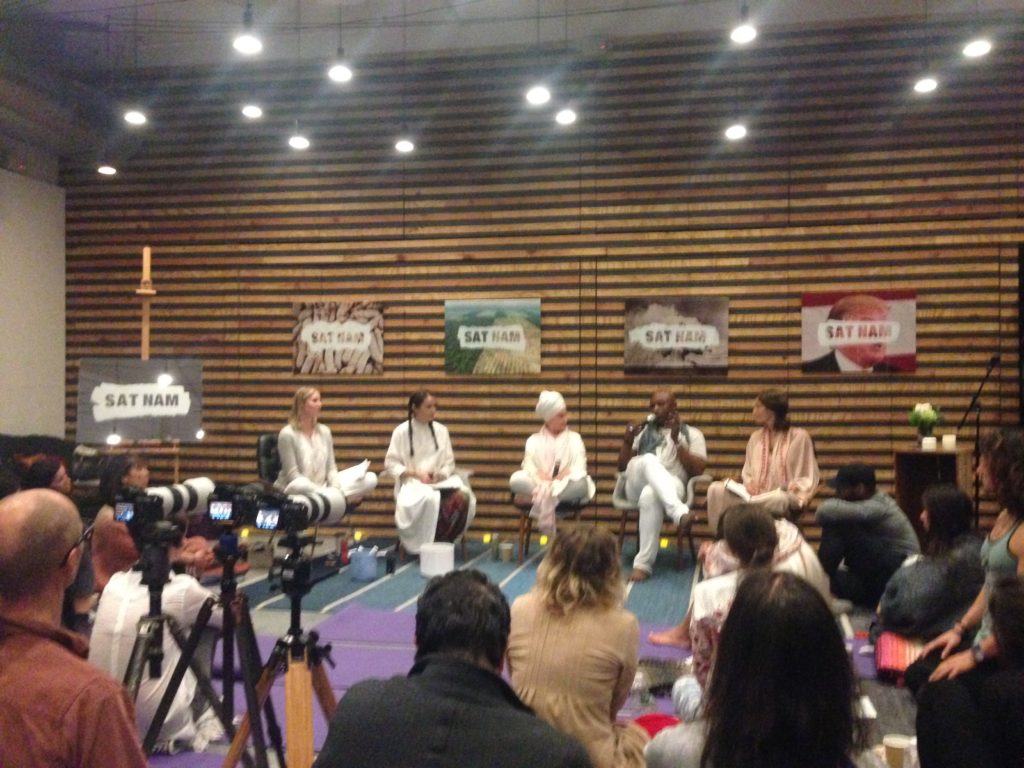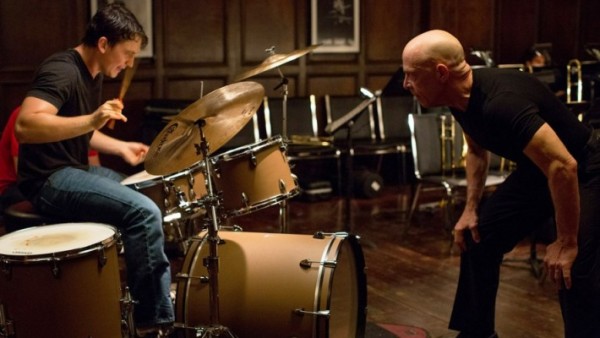I recently watched Michael Abrash, the chief scientist at Oculus, give a talk at Facebook’s F8 Summit on “Why Virtual Reality Will Matter to You.” Abrash goes pretty deep drawing parallels to The Matrix and quoting Morpheus:
“What is real? How do you define real? If you’re talking about what you can feel, what you can smell, what you can taste and see, then real is simply electrical signals interpreted by your brain.”
Michael’s talk revolves around the question, what is the difference between sufficiently advanced virtual reality technology and reality itself? As human beings we innately believe that we have an accurate perception of the world around us. But the reality is that our perception is based on limited sensory input. All of our perceptions are based on signals from sensors on our eyes, our tongue, our ears, our nose, our skin, our organs, and throughout our body. These signals are processed by the brain and interpreted as reality. In a sense our mind is an inference machine. We make meaning out of what we infer through the information collected by our senses.
Often our perceptual system has to make assumptions and sends its best guess to the conscious mind. Given their direct experience, people are understandably certain about what they perceive. However, although our perception of reality seems complete, it is, in fact, limited because what we perceive is limited by the scope of our awareness. Take visible light for example, which accounts for a tiny sliver of the electro magnetic spectrum.

Our experience of the visual world is governed by this tiny aspect of what we perceive through the eyes. I think about how often I “judge a book by it’s cover,” judging the things around me by what I see. Yet this is a tiny fraction of what’s actually there.
We construct our entire understanding of the world around us based on the data we get through our senses. We interpret all sorts of complete experiences based on partial data. Think of an animated flip book cartoon made up of hundreds of individual images rapidly passing over the screen to give the illusion of smooth motion. We see all this data that comes in as complete, weaving an intricate picture of the world we experience. But what’s underneath these sense impressions? Can we separate the data to see it for what it is – a collection of individual input streams masking a deeper reality. This is a common theme in Eastern philosophy, and the Bhagavad Gita speaks to the deluding nature of the senses often:
While seeing or hearing, touching or smelling; eating, moving about, or sleeping; breathing or speaking, letting go or holding on, even opening or closing the eyes, they understand that these are only the movements of the senses among sense objects. (5.8)
So, given the questionability of the information that our senses collect, what happens when you have a sufficiently sophisticated virtual reality system that directly emulates sensory input so accurately as to be indistinguishable from the real thing? Does that, in fact, become the real thing? Is there a point at which virtual reality ceases to be virtual?
Going back to the question that Morpheus asked – what is real? At a certain objective level, everything physical is empty. All matter is simply an ocean of atoms consisting of protons, electrons, and mostly empty space. We look at something and we create meaning out of it. What is a table? A surface to eat and work on? A piece of wood? A collection of subatomic molecules held together by magnetic forces?
The table itself is just particles. And when you look closely enough, even they break down into minuscule aspects of near nothingness. Your mind creates the meaning of that table. The Heart Sutra, considered to be the essence of Buddhist teaching, revolves around understanding this concept of emptiness:
Form is emptiness, and emptiness is form.
Form is not other than emptiness, emptiness is not other than form.
The same is true with feelings, perceptions, mental formations, and consciousness.
Why is it so hard to perceive this aspect of reality for what it is? Because our entire experience of reality, and of ourselves, is based on our senses and our subsequent attraction to or aversion from what we sense. Everything we perceive is in the mind, and it can be very hard to see outside of that construct. We are what is being perceived thus we are unable to perceive what we are. As Thich Nhat Hanh put so eloquently: “Form is the wave and emptiness is the water.” From the perspective of the wave, it may be hard to perceive that it is, in fact, an expression of the ocean.
If the true nature of our reality is emptiness, then what difference does it make if we activate our senses through physical phenomena or virtual input?
I recently wrote about the relationship we have with ourselves, asking, *what* is having that relationship to self? If everything is empty, then what is this that we are experiencing? Somehow all this emptiness appears to be in relationship with itself in an infinite multitude of ways. Our entire reality consists of relationships.
The table is also the tree that it came from. It is the rain that helped grow that tree from seedling to oak. It is the cloud that released the water for that rain. It is the logger who cut the tree down. It is everything that happened to the wood as it went from tree to table in your living room. All of these aspects are in the experience of the table. As I sit at this table, all of these aspects form the web of relationships that exist in my experience of the present moment.
How does virtual reality affect this chain of relationships? Does it simply replace them with a different chain of digital relationships? Is there something lost when we remove ourselves from nature? Is a perfectly emulated virtual experience of a forrest the same as the real thing? Somehow I feel that that deeper connection, of all the relationships that went into the tree might be missing – the earth, the roots, the wind, the rain, the clouds, the sunlight. The elements that don’t just exist in that virtual moment but have worked in concert over time to have a relationship with me in this moment. Can that chain of relationships ever be emulated to give the same feeling in one’s heart?
When it comes to VR, I am mostly left with unanswerable questions. Can virtual reality help us more accurately perceive reality by training our senses in unique ways? If I’m interacting in a virtual environment, how will my non-tangible senses like intuition be affected? How will my relationship with real people be affected when I can step in to any virtual world and have ultra realistic fantasy experiences? Is this a form of escapism, or simply the next step for humanity?
I am often confounded by what I see as the inevitable evolution of the human species – the integration of carbon and silicon. We are already seeing the proliferation of prosthetic limbs that deliver functionality superior to natural limbs; human computer interfaces that plug directly into the brain; and deeply immersive virtual reality experiences that are only at the very beginning of their development.
It doesn’t take a lot of imagination to see that technology is only becoming smaller and humans are only becoming more and more dependent on it. Eventually, we’ll surgically implant a “mobile phone” chip into a person that will interface with the visual cortex and allow you to surf the internet with your mind.
This doesn’t even seem that far fetched anymore and I wouldn’t be surprised if we saw something like this within the next 50 years. In the 1950s a room full of computers had less processing power than an iPhone. I have no doubt that when such technology becomes available there will be many people happy to integrate themselves for the sake of convenience.
As we develop highly advanced VR, how will that affect our relationship with what we perceive as physical reality? Is there a difference between virtual and physical when you have an interface that connects directly with the brain’s signal processing system?
I’m not sure I have a clear answer other than an intuitive aversion to the prospect of that level of technological integration. I feel that VR brings a tremendous risk of further disconnecting people from each other. Rather than connecting with real people, a person can immerse themselves in a world of fantasy relationships.
At the same time I can see that sophisticated VR can have far reaching implications and potential benefits for many aspects of our lives. It can connect people in realistic ways that would never have a chance to meet otherwise. It can completely revolutionize education and almost any kind of technical training. It can provide people with safe environments to learn and grow.
As with most technological progress, it can really go both ways. The ultimate decider is likely the level of consciousness on the part of the user. One thing is certain though, the age of virtual reality has arrived and it is here to stay.













